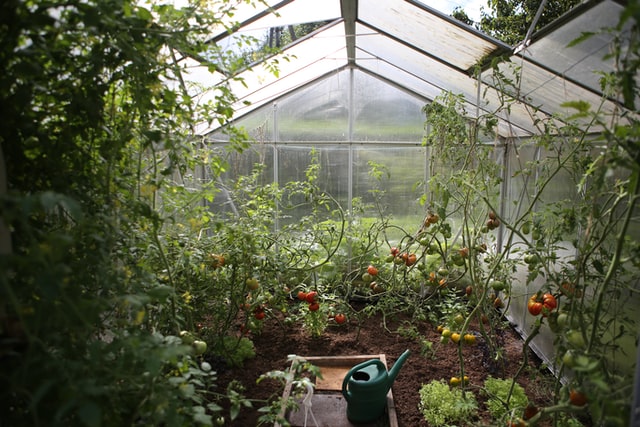 |
How climate change is affecting… agriculture |
At first glance, global warming should contribute to the development of agriculture in northern countries. However, not all so simple. Warming in areas that were previously, for example, too cold to grow wheat, will necessarily be combined with warming in areas that previously had an ideal climate for agriculture. It will become noticeably hotter and, in most areas, drier! Growing the same vegetables and fruits in areas where they have been cultivated for centuries, and where certain agricultural traditions have developed, will become much more difficult (or even impossible).
Thus, somewhere agriculture will become more profitable, and somewhere vice versa. it is still very difficult to accurately predict the final outcome of such a “global agricultural restructuring” for various states.
It should be borne in mind that, in addition to climate, other natural factors also affect agriculture. For example, in the USA, Europe, and Russia, one of the main grain crops is winter wheat.
With climate warming, the zone of ideal climatic conditions for its cultivation will move north. But the soils that are found in these new regions are not as good for wheat as the black earth soils on which it is grown now! To improve the quality of soils, large-scale work to improve the fertility of these territories will be required, and this is quite expensive.
Climate change also affects the production of fruits and vegetables. Stone fruits, especially cherries and sweet cherries, need cool temperature days to ripen. Several too warm days in a row - and the likelihood of pollination, and hence the ripening of the fruit, is significantly reduced. Untimely frosts can cause even more damage.
So, late frosts in 2012 destroyed 90% of the cherry crop in the US state of Michigan.
Countries located in temperate and more severe climate zones, such as Russia and Canada, may face another problem: increased competition between forestry and agriculture. Due to climate change, the agricultural development of new lands currently occupied by forests will become possible. As a result, the rate of deforestation may increase.
Even in those areas where agriculture is close to the extreme (the far north of the agricultural zone), the productivity of 1 ha of land
occupied by crops is still greater than that of 1 ha of forest. Therefore, thoughtful planning of the agricultural development of new territories is necessary.
Agriculture around the world will have to adapt to new climatic conditions. Experts from the International Food Organization have concluded that after 2030, in many regions of the planet, crop yields will decline due to climate change.
Projections show that the most severe impacts are likely in tropical regions, where further reductions in rainfall are particularly likely.
In sub-Saharan Africa, food security will be one of the main challenges in the coming decades due to increasing droughts, floods, and fluctuating rainfall.
The World Bank estimates that with a 1.5-2°C increase in global average temperature and a decrease in precipitation, by 2030-2040, the area under cultivation of corn, millet, and sorghum will be reduced by 40-80%.
In Mexico, due to droughts, the area of land suitable for growing maize (corn), the main crop for this country, is being reduced.
The main grain crop in Southeast Asia is rice. It is grown, in particular, in the deltas of large rivers. As the water level in the ocean rises, low-lying sections of the rivers become flooded with saltwater, which can lead to the death of crops.
Particularly affected by rising sea levels in Vietnam's Mekong Delta, one of the world's centers of rice cultivation. Even a 30 cm rise in sea level could lead to an 11% reduction in the production of this crop.
That is, for agriculture, the most dangerous manifestations of climate change are rising temperatures, changing precipitation patterns, rising sea levels (for coastal lowlands), and frequent droughts and floods, especially in areas prone to natural disasters.
These changes affect agriculture, and the problem of ensuring food security is becoming more and more acute.
We must not forget that agriculture is a source of income for 1/3 of all people working on Earth. In some Asian and African countries, more than half of the population is employed in agriculture!
Climate change not only reduces food production but also affects the income of the population associated with this industry! This chain can be continued: if due to heat and drought, scarce food is cooked in dirty dishes with dirty hands and cannot be stored properly, then it becomes dangerous for people's health.
That is, climate change alone will not bring benefits for agriculture even in northern countries, and we are unlikely to be able to grow pineapples in the country in the near future. Therefore, it is necessary to carefully plan the change in agriculture in order to avoid large losses and, if possible, to extract some benefit from climate warming.







.png)
informative Sir
ReplyDelete